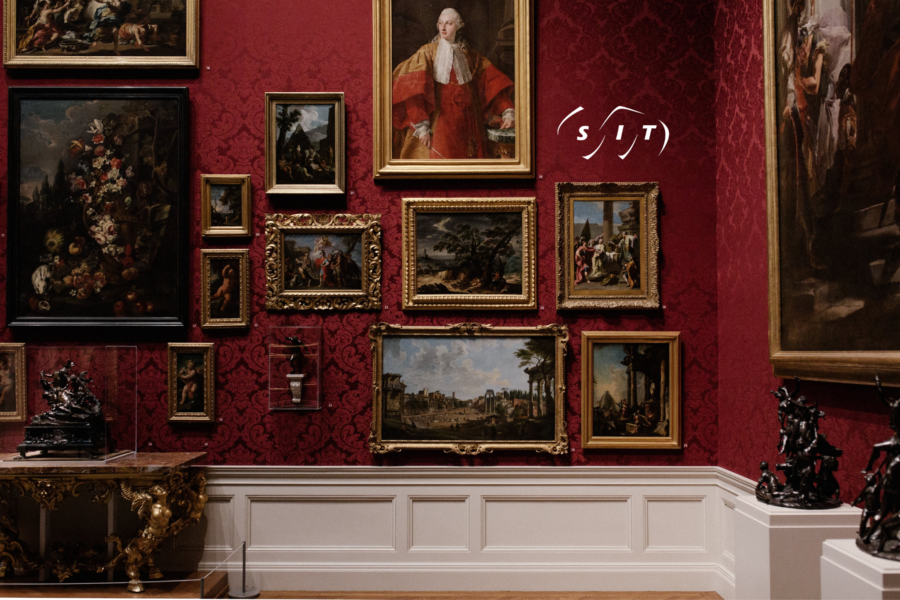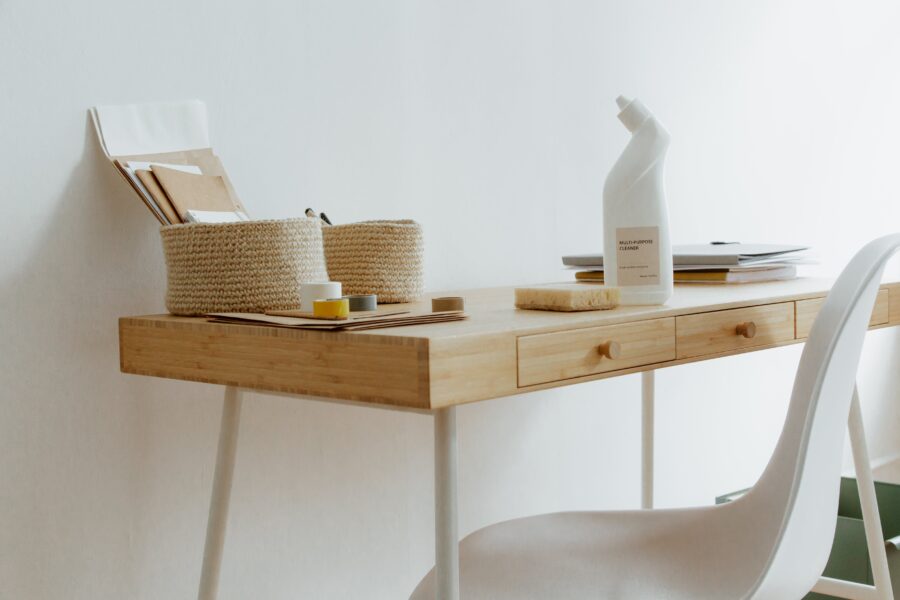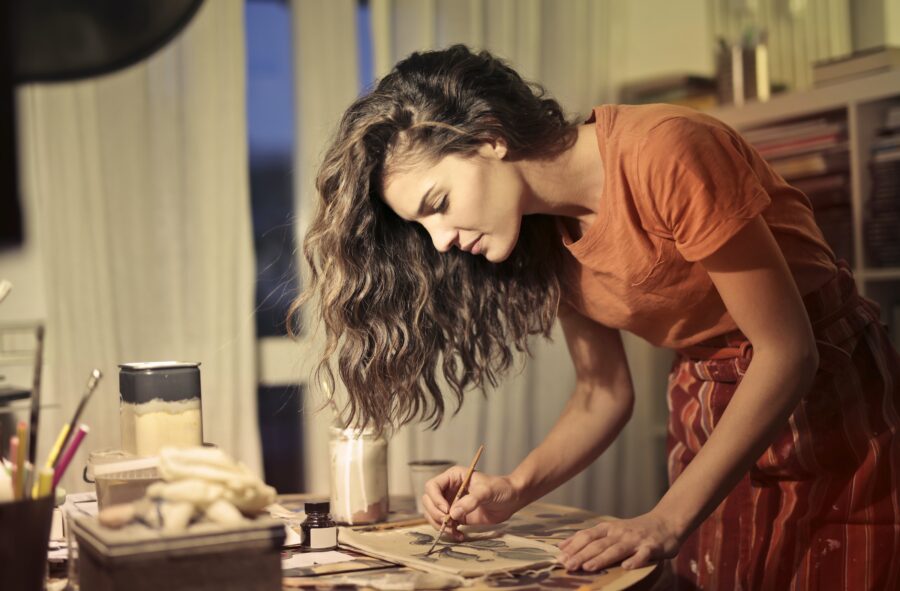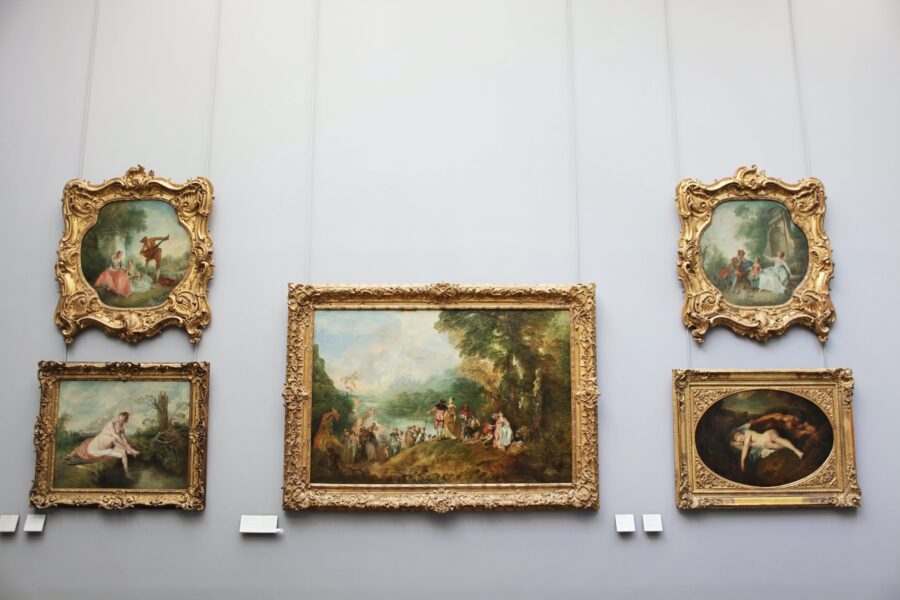
The truth is that it’s not easy to clean and restore your artworks and antiques after a period of storage, as it requires patience, precision, and a keen understanding of the materials you’re working with. This process rejuvenates these cherished items and safeguards their longevity. In this guide, we’ll walk you through essential steps and techniques for reviving your precious paintings, sculptures, and collectibles. With each stroke and polish, you’ll witness the transformation of your valued pieces, restoring their former glory. So, let’s explore the art of bringing life back into your treasured possessions.
Preparing for the Cleaning Process
Initiating the cleaning process for your stored art pieces and antiques requires careful preparation. First, identify the materials of each item. This knowledge is crucial for choosing the appropriate cleaning methods. Set up a designated area for cleaning, ensuring it’s well-ventilated and free from potential contaminants. Gather soft clothes, gentle brushes, and mild cleaners. It’s important to avoid harsh chemicals that can damage delicate surfaces. Equally vital is wearing gloves to protect both your hands and the items from oils and dirt. Preparing thoroughly paves the way for a safe and effective cleaning process, preserving the beauty and integrity of your cherished possessions.

Dusting and Surface Cleaning
Unfortunately, if you don’t opt for clean and climate-controlled storage solutions, like the ones offered by NYC Mini Storage, your precious possessions can be exposed to moisture and pests, as well as dust and grime, which can cause severe damage. Therefore, you should choose storage wisely.
Nevertheless, even if you ensure the proper storage conditions, your pieces will inevitably collect some dust. Thus, to begin the cleaning process, assess the material of each piece. Gentle dusting should always be the first step. Use soft, clean cloths or brushes designed for art and antiques to avoid scratches.
Transitioning to surface cleaning, opt for mild, non-abrasive cleaners. Always test these cleaners on a small, inconspicuous area first. This ensures no adverse reactions occur on the surface of your precious items. For paintings and delicate surfaces, use minimal moisture to avoid water damage.
By regularly rotating these pieces while in storage, you can also prevent uneven dust accumulation. This proactive approach, combined with careful dusting and cleaning, preserves the beauty and integrity of your art and antiques. Gentle and patient handling during cleaning is key to maintaining their condition.
Dealing with Mold and Mildew
Confronting mold and mildew on stored art and antiques requires a careful approach. Firstly, identify the affected areas. Mold often appears as fuzzy or slimy patches, while mildew might look powdery. Use a soft brush or cloth to remove surface growth gently. For persistent issues, create a mild cleaning solution appropriate for the material. Apply this sparingly, as excessive moisture can worsen the problem. Always dry the piece thoroughly after treatment.
Preventing future outbreaks is crucial. Ensure your storage space has adequate ventilation and maintain a stable humidity level. Regularly inspect your collection, especially if the environment is prone to dampness. Vigilantly monitoring conditions enables you to keep your artworks in pristine condition for years to come. This proactive approach preserves their beauty as well as their value.

Restoring Damaged Parts
In restoring artworks and antiques, precision is the key. First, assess the damage. For scratches on wooden surfaces, gently rub with a walnut to mask the blemish. Deeper scratches may require color-matched wood filler and careful sanding. For paintings, cleaning should be minimal; avoid water or solvents. If the canvas shows tears or paint flaking, consult a professional.
Dents in metal objects can often be fixed by gently heating and then cooling the area. Avoid harsh procedures that could cause further damage. Ceramics with chips or cracks need a careful approach. Use a clear adhesive designed for ceramics; apply it sparingly and allow ample drying time.
Some alterations can decrease an item’s value. It’s sometimes best to preserve the piece’s history rather than make it look new. Always research or seek expert advice before attempting complex restorations. This care ensures your treasures maintain their character and value.
Preserving and Protecting After Cleaning
Successfully preserving and protecting your artworks and antiques after a thorough cleaning is crucial. To maintain their condition, store them in a controlled environment. Ideally, this means a space with stable temperature and humidity. Excessive heat or moisture can cause irreversible damage. Consider using acid-free materials when framing or storing for paintings and delicate pieces. This precaution prevents discoloration and degradation.
Regular dusting helps keep pieces in prime condition. Use a soft brush or microfiber cloth to remove surface dust gently. Protect sculptures and other three-dimensional objects from direct sunlight. UV rays can fade and deteriorate materials over time.
Display your pieces wisely. Avoid placing them near vents, fireplaces, or areas with fluctuating temperatures. Always handle your pieces with clean hands or wear gloves. Oils from your skin can leave marks or cause corrosion.

Common Mistakes to Avoid
When attempting to clean and restore your artworks and antiques, proceed with meticulous care. Rushing the process out of excitement often leads to permanent damage. It’s important to avoid harsh cleaning agents that can remove the original finish, thereby reducing the item’s value. Similarly, excessive cleaning should be avoided as it can erase the patina, which is essential for maintaining the authenticity of antiques.
Always test cleaning products on inconspicuous areas first. This step prevents widespread damage if the product reacts poorly with the material. Skipping this can lead to regrettable outcomes. Another common error is neglecting environmental factors. Excessive heat, humidity, or direct sunlight can harm restored pieces. Ensure your display or storage space has stable conditions.
Many jump into DIY repairs without proper skills. Unfortunately, this can turn minor issues into major problems. So, when in doubt, consult a professional. They possess the expertise to handle delicate restorations. Lastly, ignoring preventive measures post-restoration is a misstep. Regular maintenance and careful handling will preserve your treasures for years to come.
Closing Thoughts on How to Clean and Restore Your Artworks and Antiques
In conclusion, to clean and restore your artworks and antiques properly, you must carefully plan every step. Begin by evaluating each piece’s material and condition. Then, apply gentle cleaning methods and tackle mold or mildew issues with appropriate solutions. For damages beyond simple fixes, consider professional restoration services. After cleaning, focus on preservation techniques to maintain their condition. Avoid common pitfalls that could lead to further damage. This guide aims to empower you with knowledge and confidence in handling these precious pieces. With these strategies, your cherished art and antiques can continue to enrich your space and life.